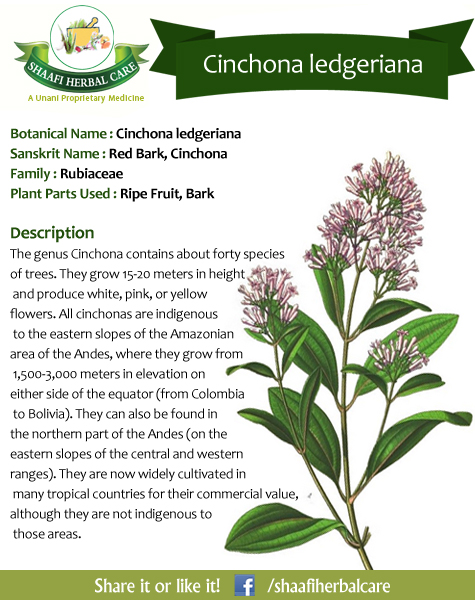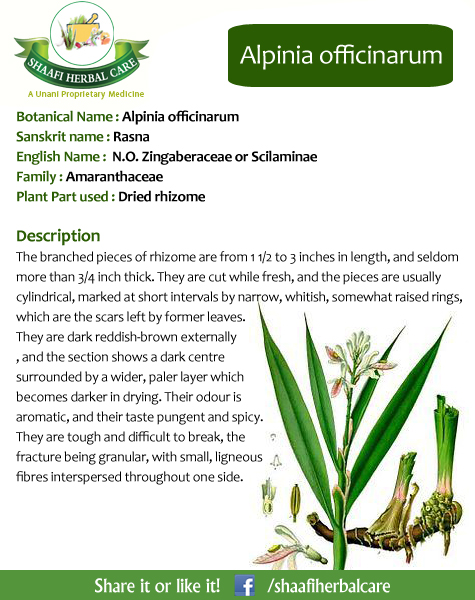
Description of Cinchona ledgeriana:
The genus Cinchona contains about forty species of trees. They grow 15-20 meters in height and produce white, pink, or yellow flowers. All cinchonas are indigenous to the eastern slopes of the Amazonian area of the Andes, where they grow from 1,500-3,000 meters in elevation on either side of the equator (from Colombia to Bolivia). They can also be found in the northern part of the Andes (on the eastern slopes of the central and western ranges). They are now widely cultivated in many tropical countries for their commercial value, although they are not indigenous to those areas.
Cinchona is a tree. People use the bark to make medicine.Cinchona is used for increasing appetite; promoting the release of digestive juices; and treating bloating, fullness, and other stomach problems. It is also used for bloodvessel disorders including hemorrhoids, varicose veins, and leg cramps. Some people use cinchona for mild attacks of influenza, swine flu, the common cold,malaria, and fever. Other uses are for cancer, mouth and throat diseases, enlarged spleen, and muscle cramps.
Cinchona is used in eye lotions to numb pain, kill germs, and as an astringent. Cinchona extract is also applied to the skin for hemorrhoids, stimulating hair growth, and managing varicose veins.


